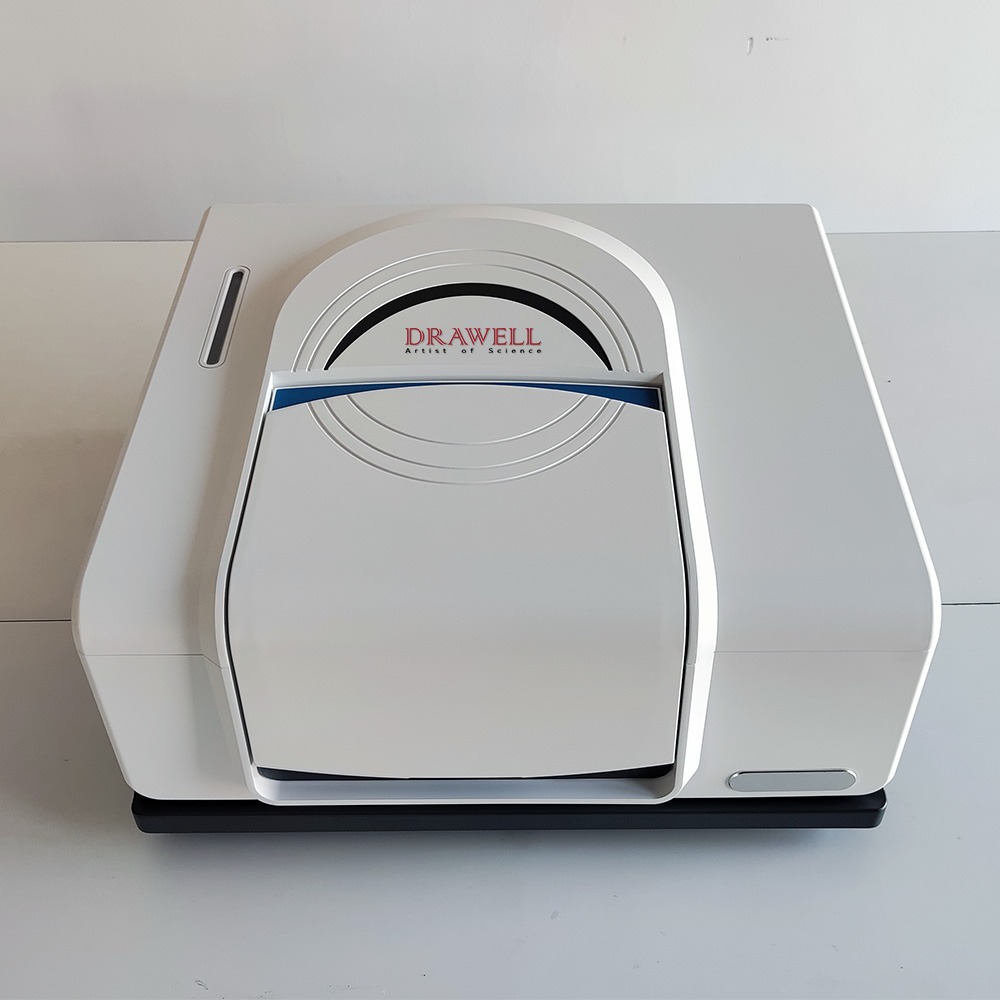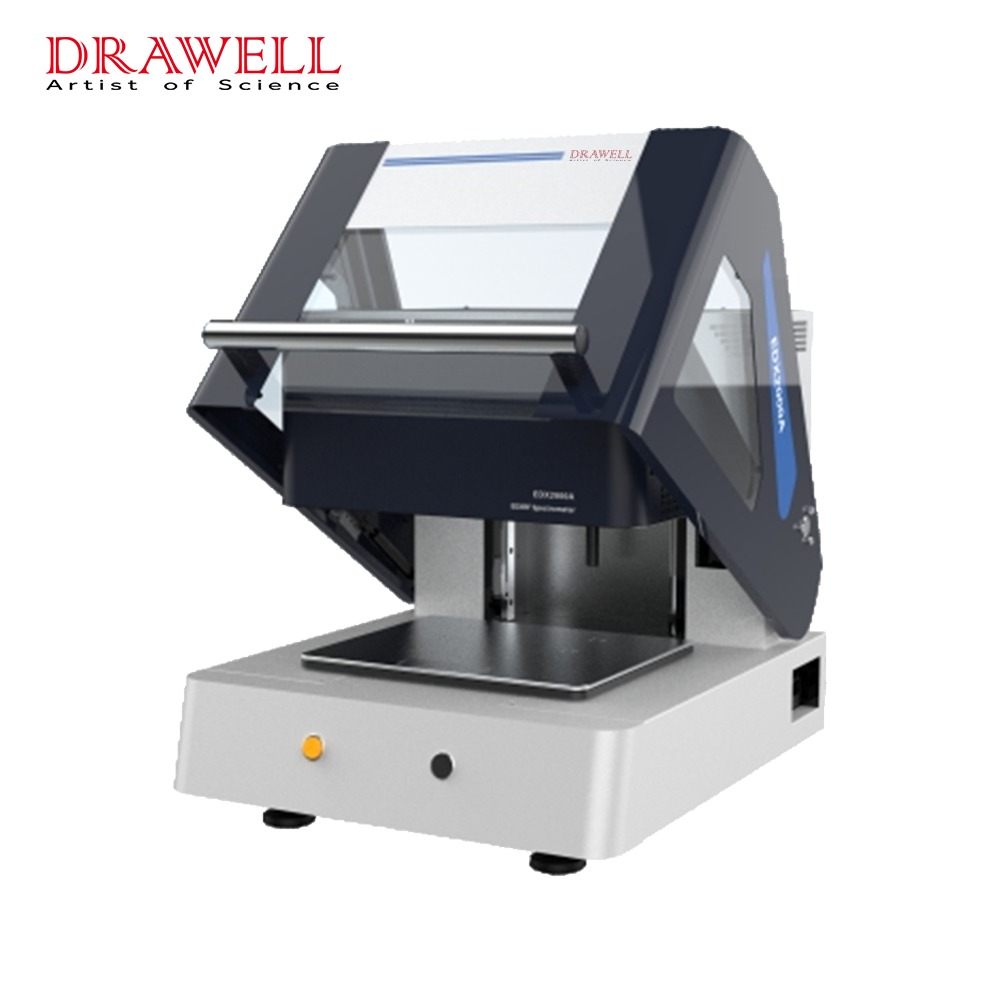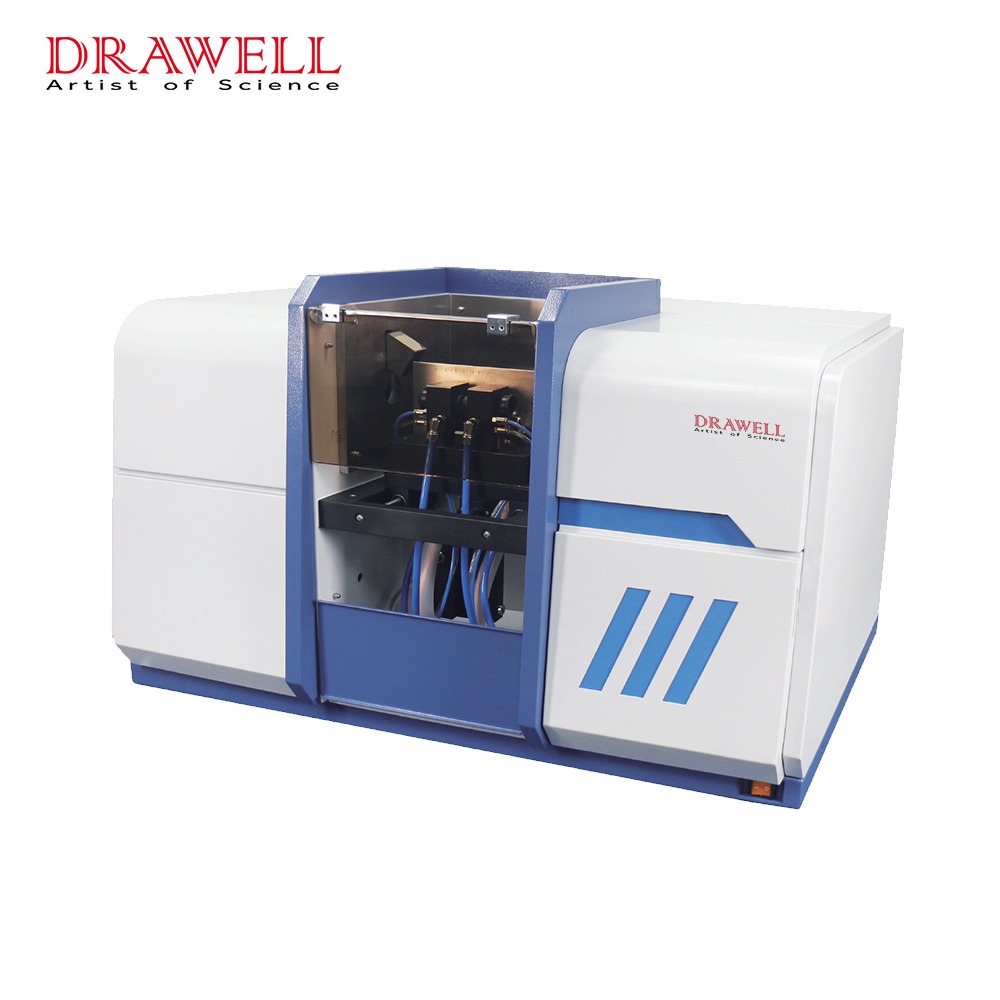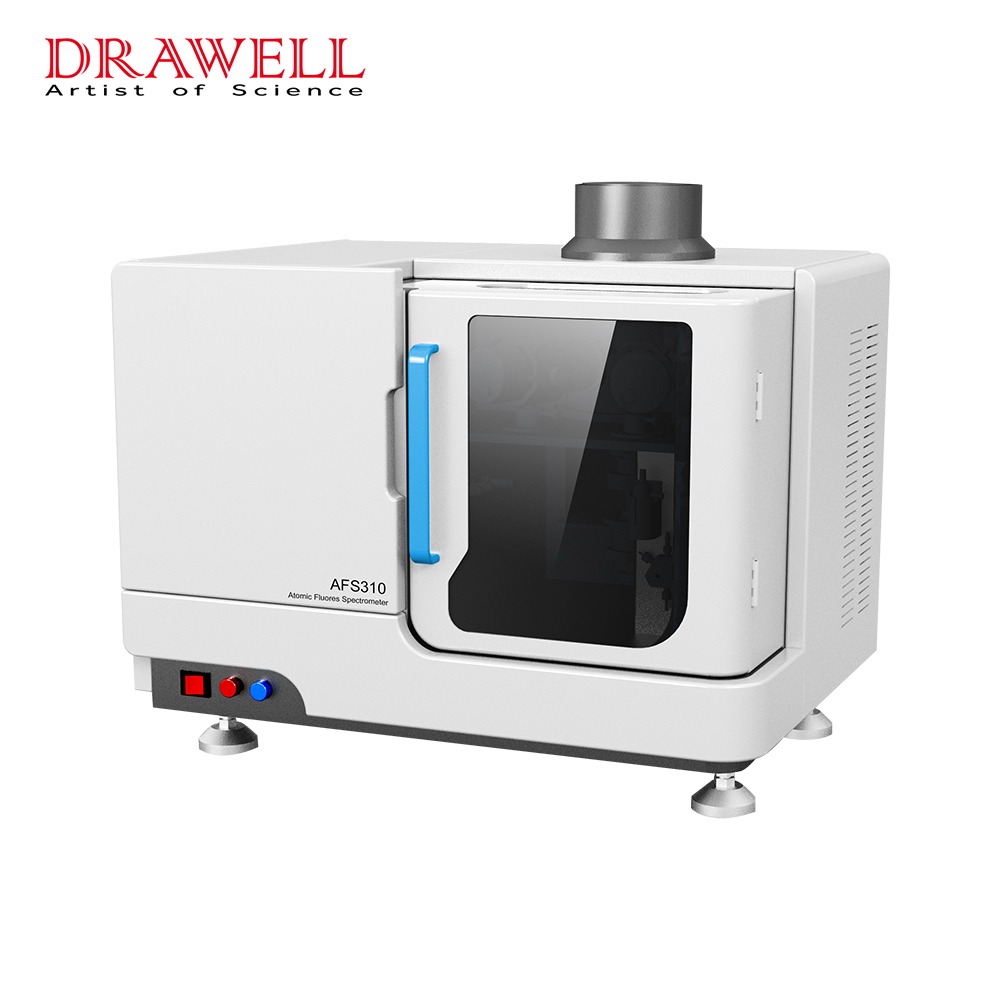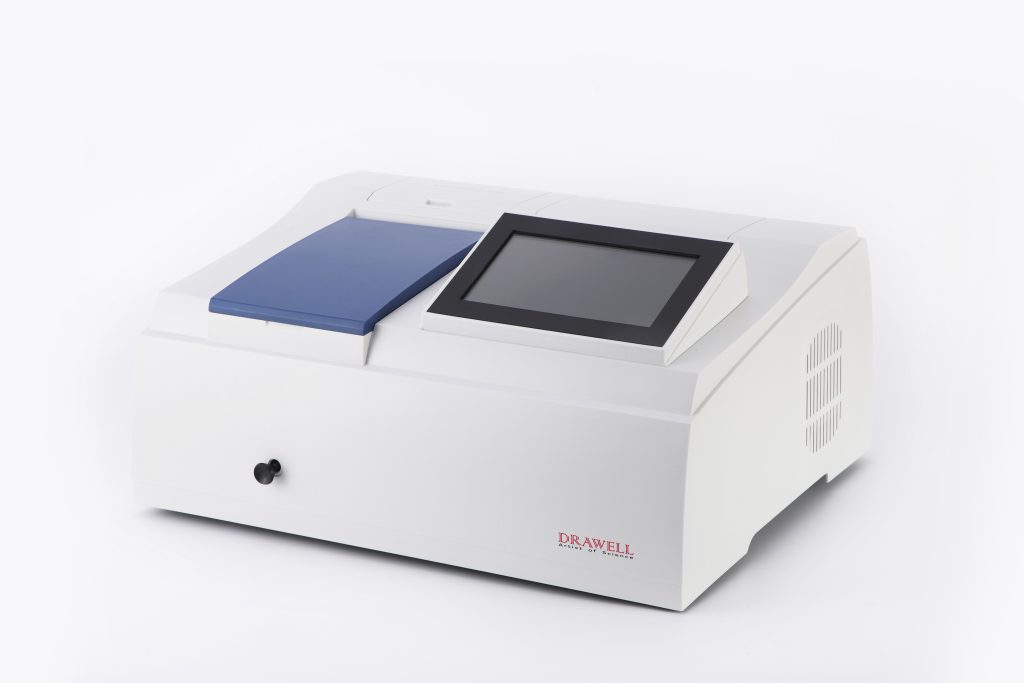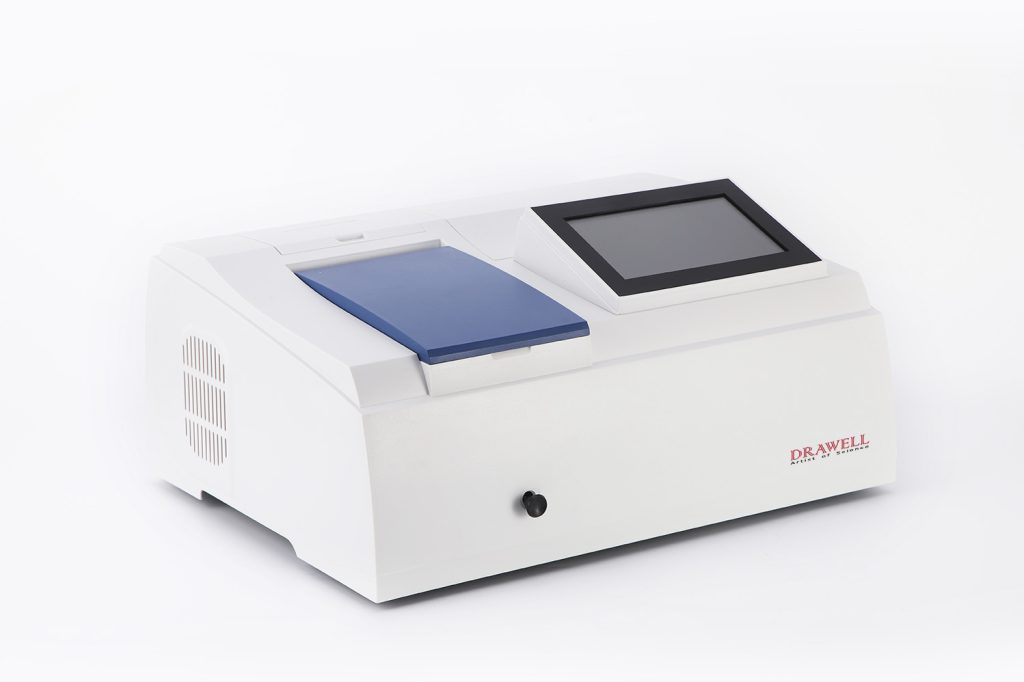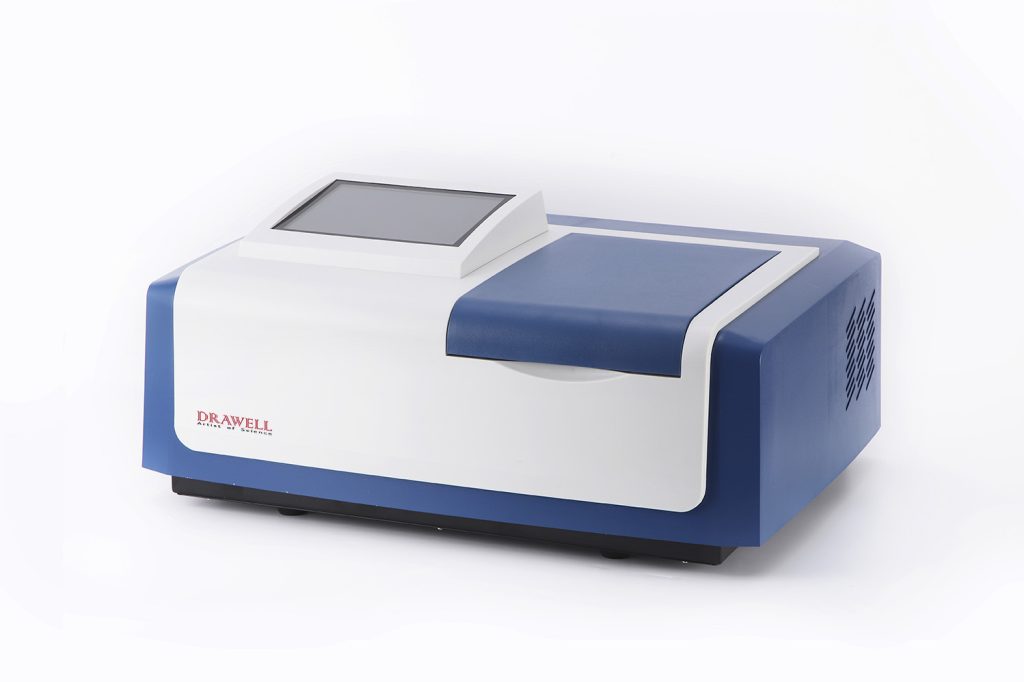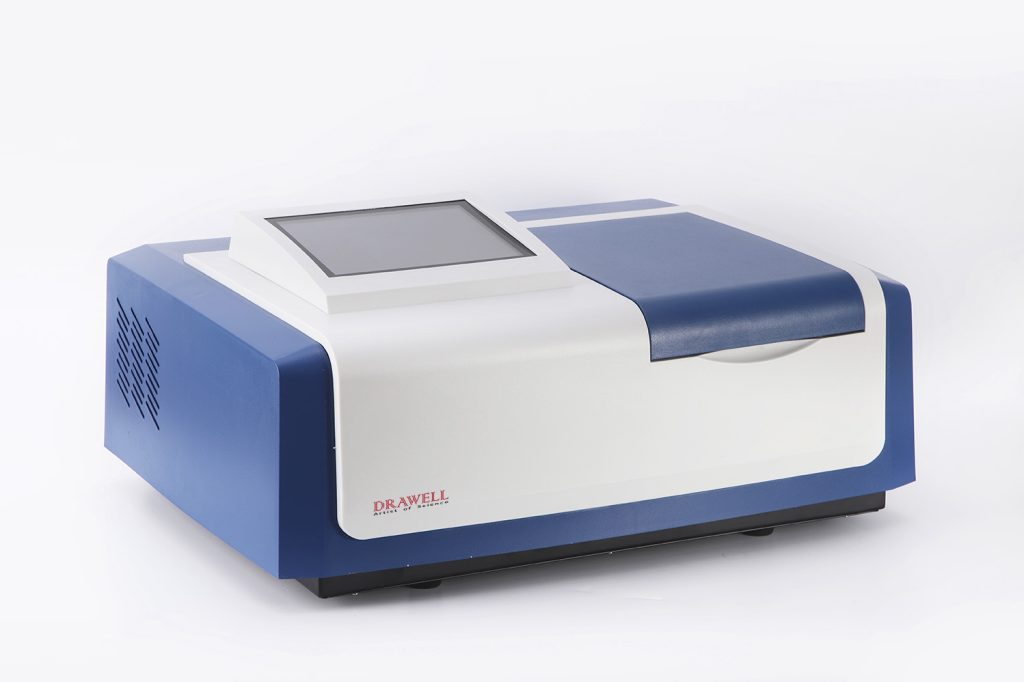Spectrophotometers, commonly known as spectrometers, are analytical equipment that detect light intensity and absorption or transmission by a sample. They are commonly used to evaluate material qualities such as color, concentration, and purity in a variety of fields such as chemistry, physics, biology, medicine, and environmental science.
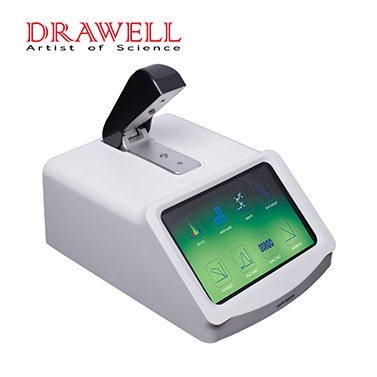
Working Principle of Spectrophotometers
Spectrophotometers detect the amount of light that goes through a sample before and after it passes through it. The difference in light intensity is used to evaluate whether the sample absorbs or transmits light. Spectrophotometers operate on the Beer-Lambert law, which asserts that a sample’s absorbance is directly proportionate to its concentration.
A spectrophotometer’s fundamental components comprise a light source, a sample holder, a monochromator, a detector, and a display device. The light source produces a beam of light that passes through the sample container. The monochromator chooses a certain wavelength of light from the beam, and the detector detects the intensity of the light passing through the sample. The display device displays the sample’s absorbance or transmission measurements at the set wavelength.
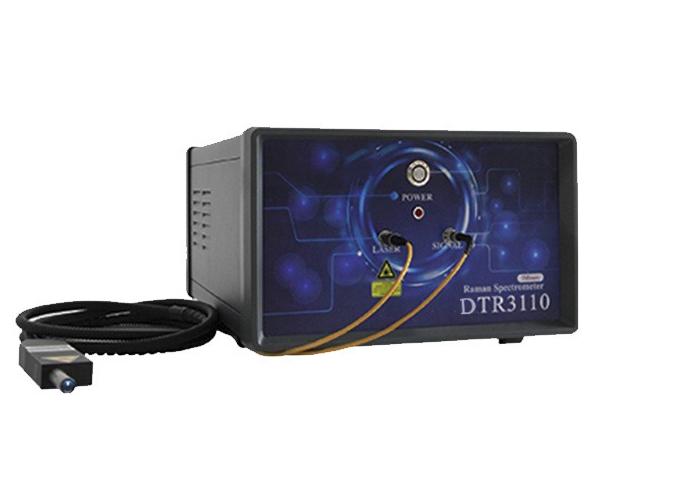
Applications of Spectrophotometers
Spectrophotometers have a wide range of applications in various industries.
Analysis of Chemical Compounds
In chemistry, spectrometers are commonly used to analyse the properties of chemical substances such as colour, concentration, and purity. It’s used to figure out how much of a given component is in a solution or to spot contaminants in a sample.
Environmental Analysis
In environmental science, spectrometers are used to analyse the qualities of water, air, and soil. It is used to determine the concentration of contaminants in water and soil samples, such as heavy metals.
Medical Diagnostics
In medical diagnostics, spectrophotometers are used to analyse the characteristics of biological samples such as blood and urine. It measures the concentration of certain substances in a sample, such as glucose and cholesterol.
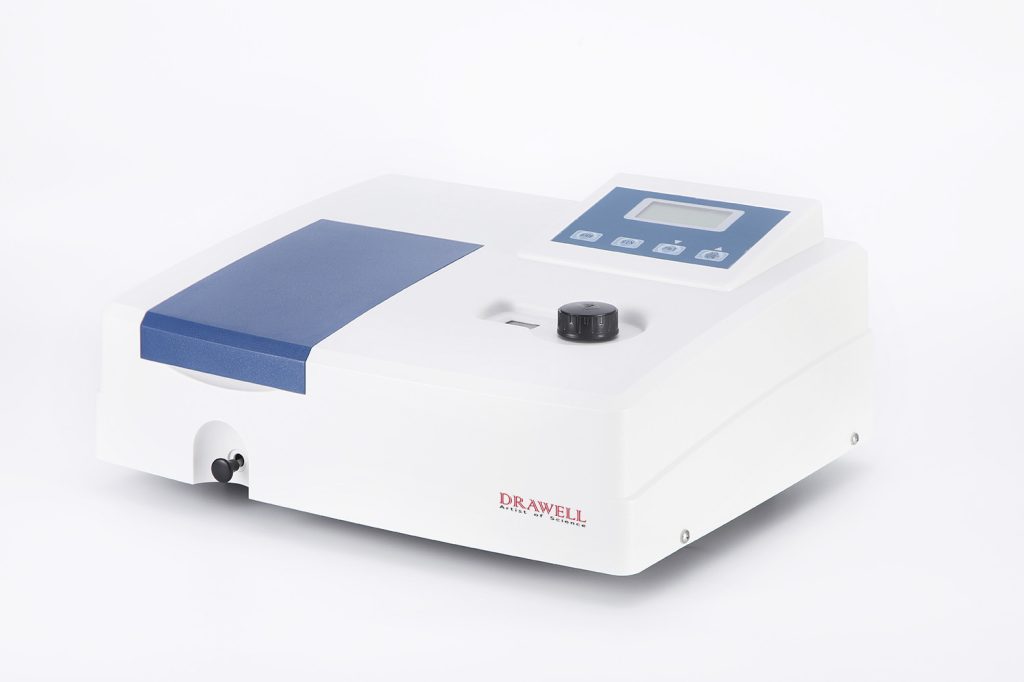
Factors to Consider for Selecting the Right Spectrophotometers Manufacturer
The quality of the spectrophotometers should be a top priority when selecting a spectrophotometer manufacturer. Ensure that the spectrophotometers are made using high-quality materials and that they have been tested and certified to satisfy industry requirements. This ensures that the spectrophotometers are precise, dependable, and safe to use.
Range of Spectrophotometers
Selecting a spectrometer supplier who offers a wide range of spectrophotometers. This ensures that you may choose an instrument that suits your exact requirements and specifications. The manufacturer should offer a variety of varieties, such as UV-Vis spectrophotometers, NIR spectrophotometers, and fluorescence spectrophotometers, each with different properties, such as wavelength range and resolution.
After-sales Support
Choosing a spectrophotometer supplier who provides great after-sales service. If there are any problems with the spectrophotometers, the manufacturer should provide technical assistance, repair services, and replacement parts. This will ensure that your spectrophotometers continue to perform properly for an extended period of time.
Price
When selecting a manufacturer, the cost of the spectrophotometers should also be evaluated. While it is critical to select a manufacturer who produces high-quality goods, you need also to consider your budget. Select a manufacturer that sells high-quality spectrophotometers at a reasonable price.
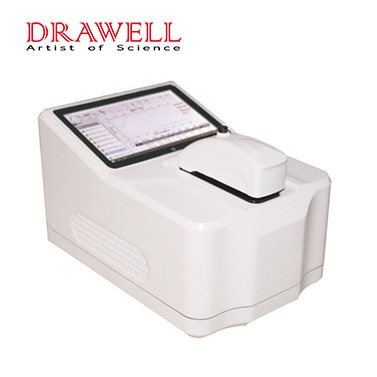
Summary
Spectrophotometers are crucial analytical equipment used to assess the characteristics of materials in a variety of industries.

